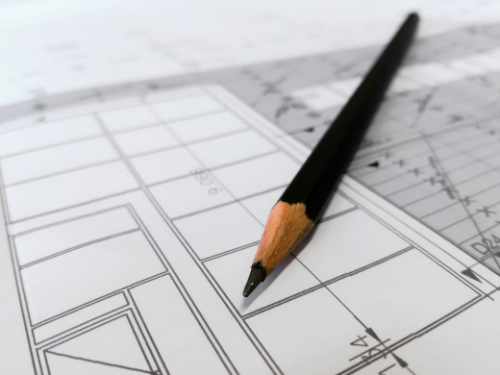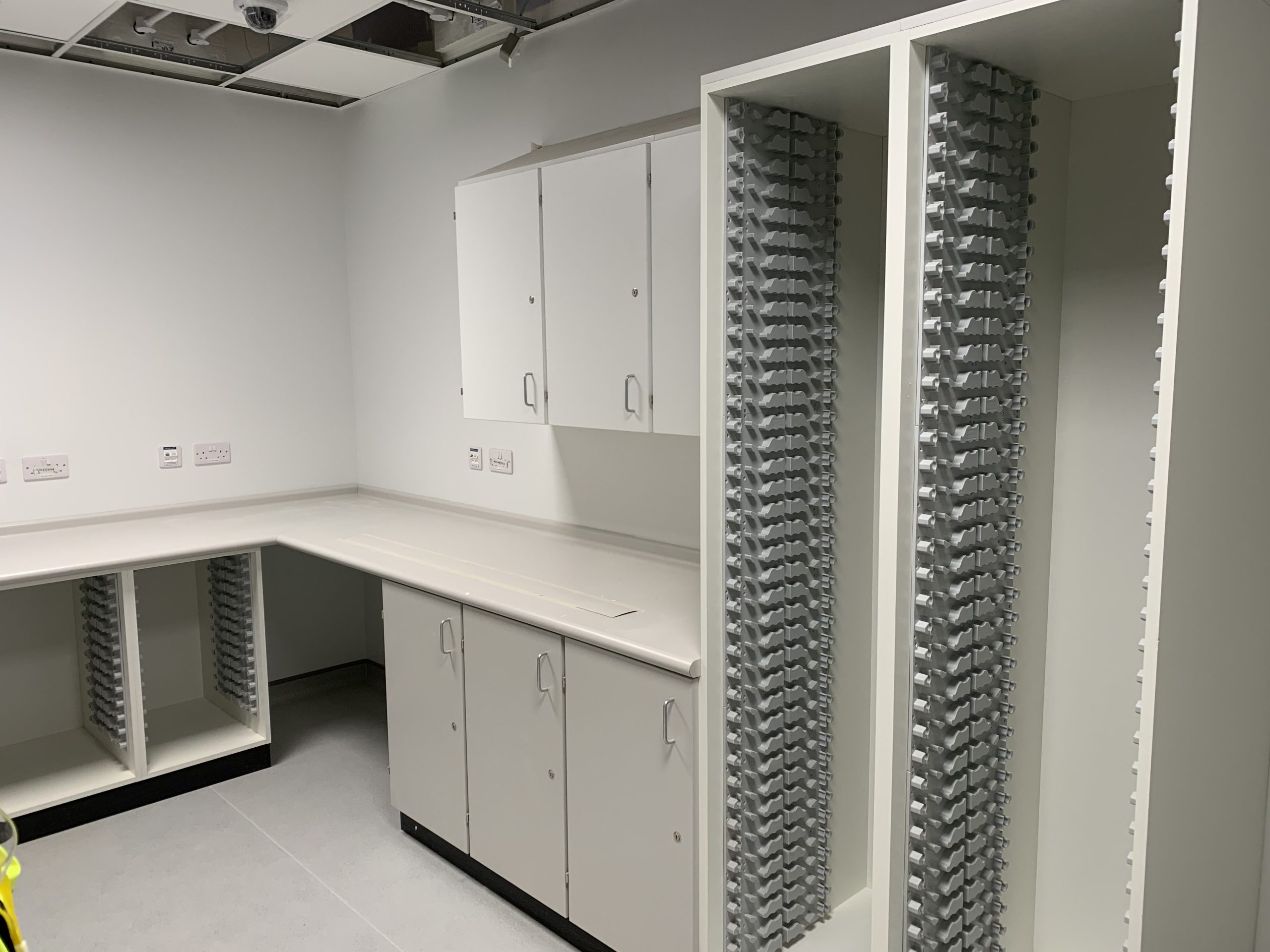Healthcare facilities present unique challenges for architects. Unlike other types of buildings, they demand a…

Mistakes to avoid with healthcare furniture
While hospital aesthetics are inevitably changing, healthcare furniture still needs to be practical and meet industry standards. Safety and comfort need to be taken into account as well as aesthetics, which is more of a personal choice. Read our advice about mistakes to avoid with healthcare furniture, and you will succeed in meeting the needs of any healthcare facility.
Failing to assess needs
Each item of furniture should come with a list of specifications, such as durability, comfort, design, and function. Take a storage unit, for example. The design and manufacture will need to take into account how the unit will be used – is it for use in a consulting room environment, or will it be used in a clinical situation such as an operating theatre or in a ward? It’s often a good idea to gain information from those who will be using the furniture so their needs can be appropriately assessed. It’s also important to consider that most healthcare furniture may be used by individuals of all ages, shapes, and sizes, so it needs to be able to accommodate everyone. If not, the facility can face damages, and even more importantly, human injuries.
Using the wrong fabrics for soft furnishings
While choosing an attractive fabric is important, it’s useless if it doesn’t meet the needs of healthcare facilities. It’s essential that soft furniture is made using healthcare-grade materials. For example, they need to be able to withstand solutions that will eliminate pathogens and bacteria, such as bleach. Healthcare-grade vinyl and Crypton upholstery fabrics are two good suggestions.
Prioritising appearance over function
With healthcare furniture becoming such a trend, it can be easy to forget that a professional and practical image will also ensure confidence in the facility’s patients. Healthcare facilities may want to take more note of the appearance of their furniture, but function should be carefully considered alongside this. Ergonomic designs will always be critical in healthcare, no matter what the furniture looks like.
Choosing price over value
It may be important to try and construct furniture at as low a cost as possible, but only if the furniture’s value is given equal importance. You should also consider how long you are expecting the furniture to last – is it more of a temporary addition to the facility, or are they expecting it to last for years without needing a replacement? Health and safety is an integral aspect of healthcare, so quality should never be overlooked.
Mistakes to avoid with healthcare furniture – where to find out more
At David Bailey Furniture Systems, we have have helped architects and contractors design fitted furniture for the hospital and other healthcare environments for over 35 years. Our factory is in Broadstairs, Kent in the UK and we have provided furniture for many NHS hospitals and private hospitals, including Wexham Park, Guy’s & St Thomas’, Great Ormond Street Hospital, Spire Hospitals and University College London Hospital (UCLH), as well as many regional hospitals, GP surgeries and health clinics around England and Wales.
Read case studies about furniture contracts we’ve completed for many hospitals & healthcare facilities throughout the UK.
Check out our Video & Library resources section for colour cards, BIM drawings and other aids for architects and contractors.
If you’re specifying hospital furniture or if you’d like to discuss a healthcare or hospital project, please get in touch.








